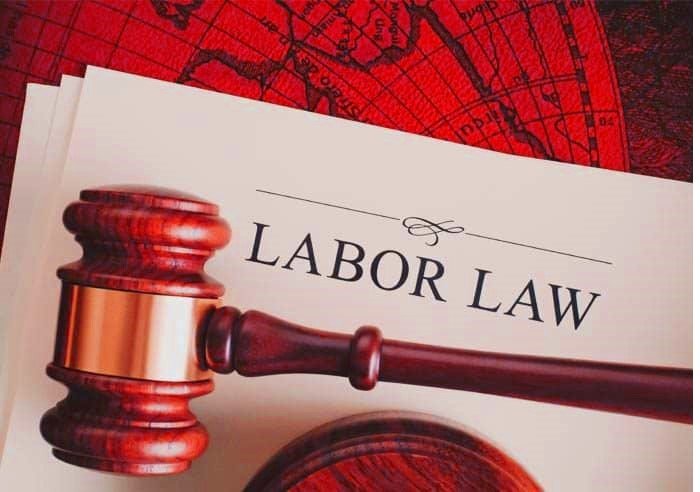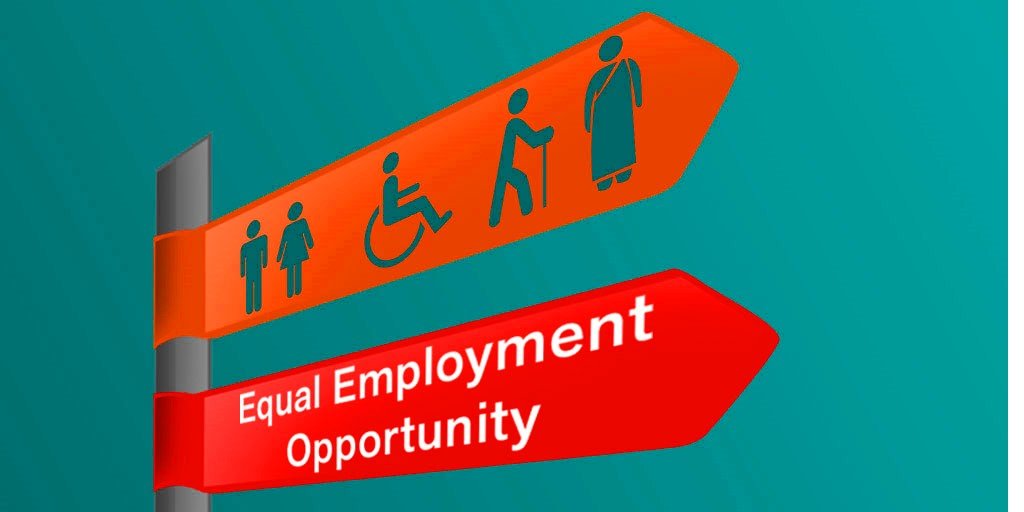Employee Protection and Labor Law

Employee Protection and Labor Law is the cornerstone of a just and equitable workplace, fostering an environment where the rights and well-being of workers are safeguarded. In the intricate tapestry of employment, understanding these legal frameworks is not just a necessity but a fundamental right. This introductory exploration sets the stage for a comprehensive journey into employee protection and labour regulations, from the historical struggles that birthed these laws to the contemporary challenges they address.
As we navigate this landscape, we will unravel the layers of rights, responsibilities, and the evolving dynamics that shape the employer-employee relationship, ensuring that every worker is empowered with knowledge and shielded by the armour of labour laws.
Contents
- 1 Historical Context of Labor Laws
- 2 Fundamental Employee Rights
- 3 Labor Law Compliance for Employers
- 4 Discrimination and Harassment Laws
- 5 Wage and Hour Laws
- 6 Occupational Safety and Health Regulations
- 7 Collective Bargaining and Unions
- 8 Employee Benefits and Leave Policies
- 9 Global Perspectives on Labor Laws
- 10 Recent Developments and Changes
- 11 Challenges in Employee Protection
- 12 Future Trends in Labor Law
- 13 Case Studies in Employee Protection
- 14 Conclusion
- 15 FAQs
Historical Context of Labor Laws
The evolution of labour laws is a fascinating journey through time. From early worker uprisings to establishing fundamental rights, we’ll trace the historical footsteps that have shaped the labour landscape we know today.
Fundamental Employee Rights
Every employee has rights, and knowing them is empowering. We’ll demystify the fundamental rights employees are entitled to, shedding light on how these rights contribute to a harmonious work environment.
Labor Law Compliance for Employers
Employers play a pivotal role in upholding labour laws. In this section, we’ll dissect the responsibilities of employers and the repercussions they face when compliance is neglected.
Discrimination and Harassment Laws
In an era striving for inclusivity, understanding discrimination and harassment laws is paramount. Real-life examples and case studies will guide us through the nuances of these crucial regulations.
Wage and Hour Laws
Money matters, especially in the workplace. We’ll navigate through laws governing wages and hours, addressing common violations and providing insights on rectifying them.
Occupational Safety and Health Regulations
A safe workplace is a productive workplace. Join us in exploring the significance of occupational safety and health regulations, with a spotlight on OSHA guidelines.
Collective Bargaining and Unions
Unions play a pivotal role in employee protection. We’ll dissect the dynamics of collective bargaining and the significance of associations in ensuring fair treatment.
Read More: Know Your Workplace Rights Under Employment Law
Employee Benefits and Leave Policies
Balancing work and personal life is essential. This section will provide a comprehensive understanding of employee benefits and leave policies, addressing the needs of both employers and employees.
Global Perspectives on Labor Laws
Zooming out, we’ll explore labour laws on a global scale. We understand how different regions approach employee protection by comparing and contrasting international standards.
Recent Developments and Changes
Staying current is critical. Updates on recent amendments to labour laws will be discussed, highlighting their impact on employers and employees.
Challenges in Employee Protection
Enforcing labour laws comes with its challenges. We’ll address common hurdles and suggest ways to overcome them, fostering a more robust protection system.
Future Trends in Labor Law
Peering into the future, we’ll discuss anticipated changes and advancements in labour regulations. The role of technology in shaping the future of labour laws will also be explored.
Case Studies in Employee Protection
Real-life examples often provide the best lessons. Join us in examining significant case studies that have shaped the legal landscape, offering valuable insights into the application of labour laws.
Read More: Exceptional Legal Services in Alaska: The Best Lawyers
Conclusion
In conclusion, the intricate web of Employee Protection and Labor Law weaves a narrative of fairness, equity, and empowerment within employment. As we reflect on the diverse facets explored in this journey – from historical milestones to contemporary challenges – it becomes evident that these legal frameworks are not mere guidelines but crucial guardians of worker rights. The importance of a workplace where employees are treated fairly, enjoy safe conditions, and have a voice through collective bargaining cannot be overstated.
This exploration reinforces the enduring relevance of labour laws in shaping a balanced, just, and progressive work environment. It is a call to action for employers and employees to be aware of their rights and responsibilities and actively participate in the ongoing dialogue shaping the future of labour regulations. In this symbiotic relationship between legislation and the workforce, the goal is clear – to create workplaces where every individual thrives, supported by the robust foundation of Employee Protection and Labor Law.
FAQs
What are the fundamental rights protected by labour laws?
Labour laws safeguard various rights, including fair wages, safe working conditions, and freedom from discrimination.
How do recent changes in labour laws affect small businesses?
Small businesses may face unique challenges adapting to new labour regulations, requiring careful consideration and strategic planning.
Are labour laws consistent across different countries?
While common principles exist, labour laws vary significantly between countries due to cultural, economic, and legal differences.
What role do unions play in employee protection?
Unions serve as advocates for workers, negotiating collective bargaining agreements and ensuring fair treatment in the workplace.
How can employees ensure their rights are protected under labour laws?
Employees can stay informed about their rights, report any violations, and seek legal advice if they believe their rights are being infringed upon.


